The Most Picturesque Train in America: The Rocky Mountaineer US Route
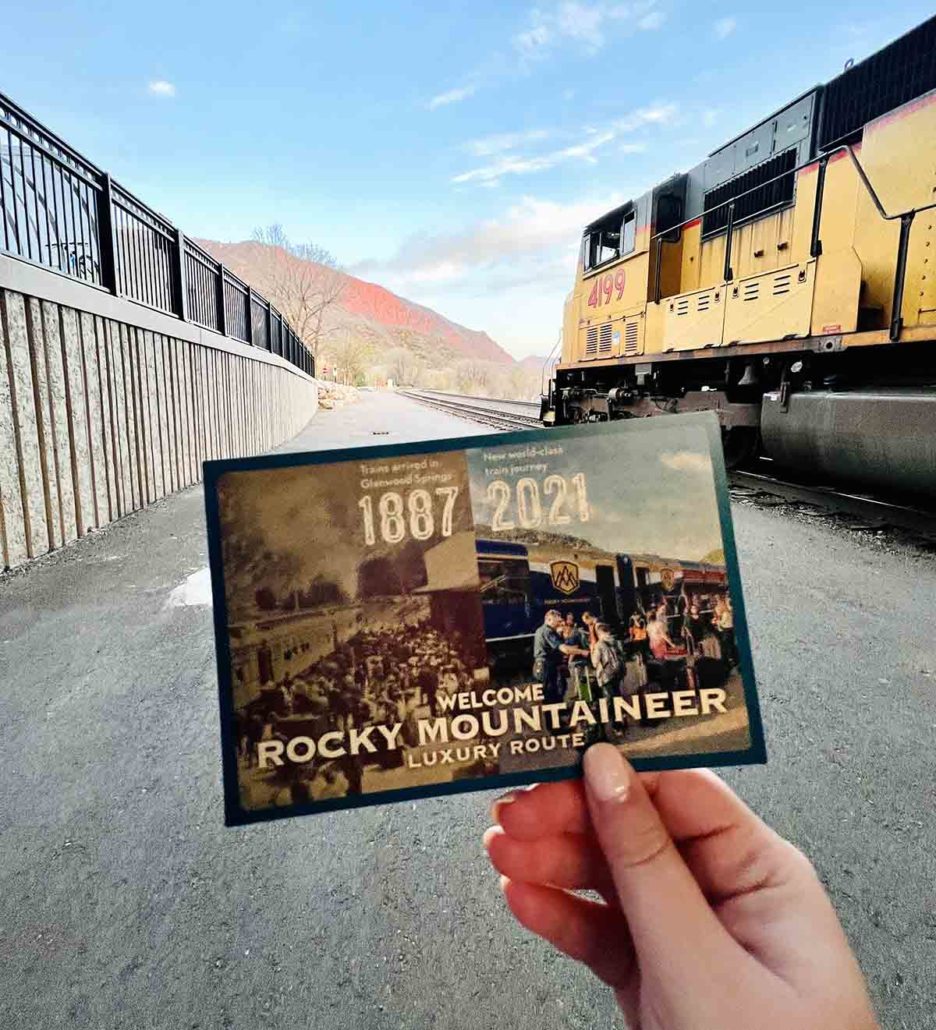
Content Produced in Partnership with the Rocky Mountaineer
I’ve always been fascinated by trains. They offer a romanticized way to travel that harkens back to the golden era of transit when planes, trains, cars, and boats weren’t just about moving as many people as quickly and as cheaply as possible from point A to point B but about appreciating journey as much as the destination. They intentionally cost a little more, take a bit longer, and force you to slow down while avoiding the inevitable stressors of the flying – airport crowds, security lines, delayed flights, and baggage fees, which isn’t necessarily a bad thing if you think about it.
Nowhere is this more evident than The Rocky Mountaineer. The crème de la crème of train travel in North America, the Rocky Mountaineer, is the most luxurious way to ride the rails on this side of the pond. It’s white-glove service to stunning destinations with staff whose sole job is to wine and dine you until you’re so stuffed you can’t possibly accept another dessert or drink…or can you?
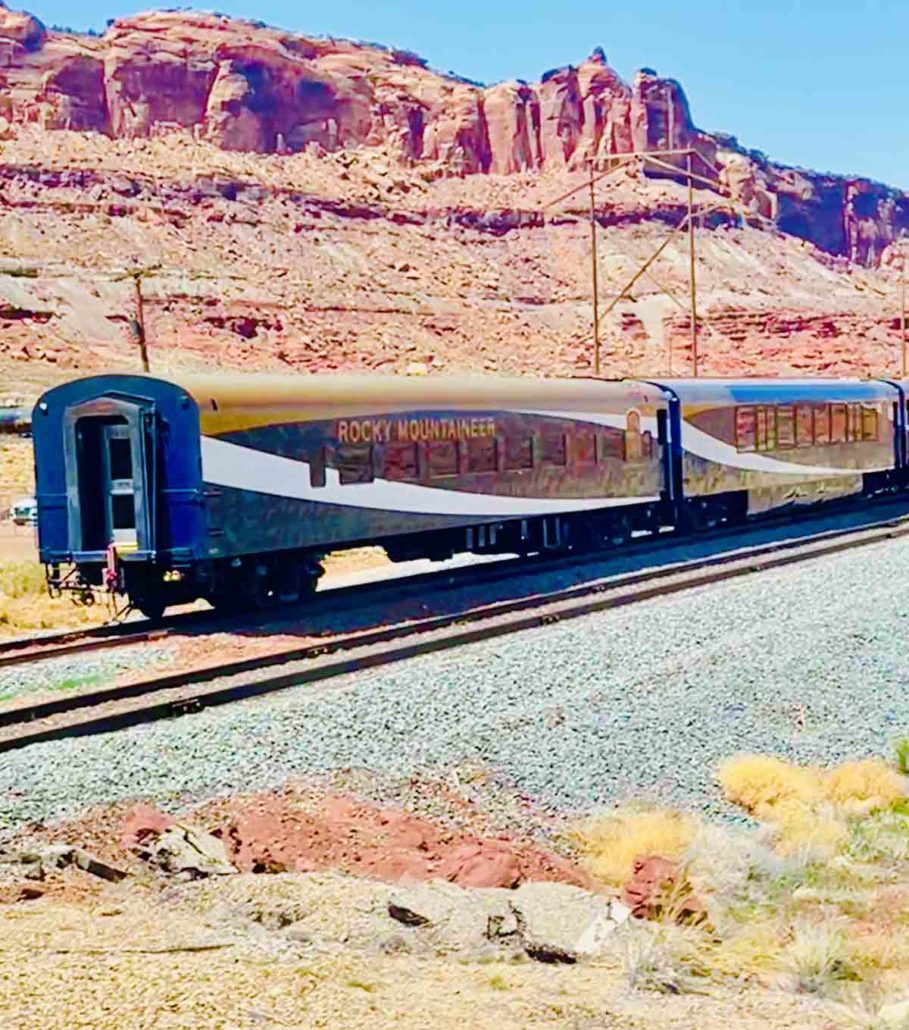
Known primarily for their scenic Canadian national park journeys, The Rocky Mountaineer recently launched their first US route, Rockies to the Red Rocks, which takes you from Denver to Moab, which I had the privilege of trying out. You can ride it in either direction, starting in Denver or Moab for a 3-night, 2-day adventure. We started in Denver, where you’ll spend the night (I highly recommend arriving at least a day early to see and do all the things), and then depart in the morning. It’s about an eight-hour ride to Glenwood Springs, where you’ll spend the night before another five hours to Moab, where you can also extend your trip to explore more. They operate seasonally from spring-fall.
Curious what the experience is like? Read On.
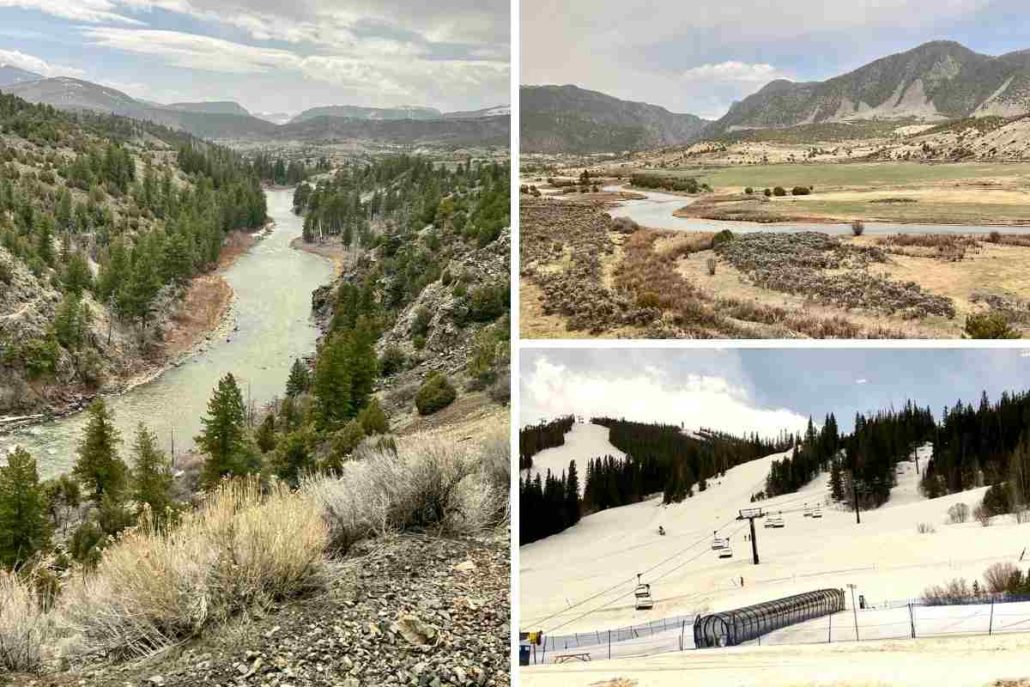
What to Know: It’s Intentionally “Kodak Speed” Slow
“Slow down, you’re moving too fast, gotta make the mornings last” is basically the motto to live by here. Unless you’re on a bullet train in Japan or a short city to city jaunt in Europe, trains will never be the fastest or most efficient mode of transportation. In fact, the Rocky Mountaineer doesn’t even go its full speed. Instead, opting for what they call “Kodak speed,” that’s intentionally slow travel. It sort of whimsically lulls along, so you get the full photo effect.
When you’re flying, you don’t get to appreciate much of the scenery above the cloud line, and when you’re in a hurry and driving, you barely have time to look up from the steering wheel to notice what’s around you, let alone have time to pull over and take pictures or take in the views. The train also offers you a better vantage point, allowing you to get much closer to natural wonders often inaccessible by car — up close to a waterfall, alongside a babbling brook or stream, and traveling right along the canyon’s edge.
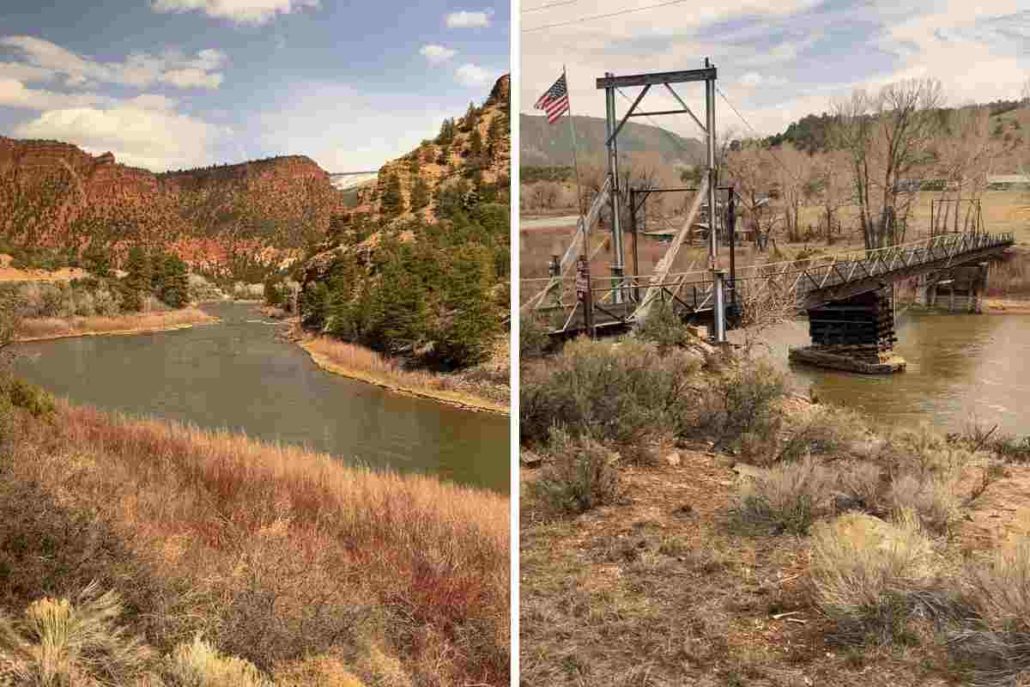
The average drive from Denver to Moab would take about six hours in a car. The Rocky Mountaineer makes it in about 12 hours spread over two days, which to some seems incredibly inefficient, but more often than not, what people find charming. It’s how you prefer to travel – relax and take it slow or go, go, go. It made me a bit antsy to sit for that long with scare to nonexistent Wi-Fi (bringing kids on board would be tough), but the chance to be present and disconnect is a rare heavenly treat.
It truly is one giant rolling photo op with each curve and bend bringing views more impressive than the next, the scenery truly the star of the show. Keep the camera handy because each time you go through a tunnel, you’ll come upon a new landscape — everything from snow to desert, high country to below tree line.
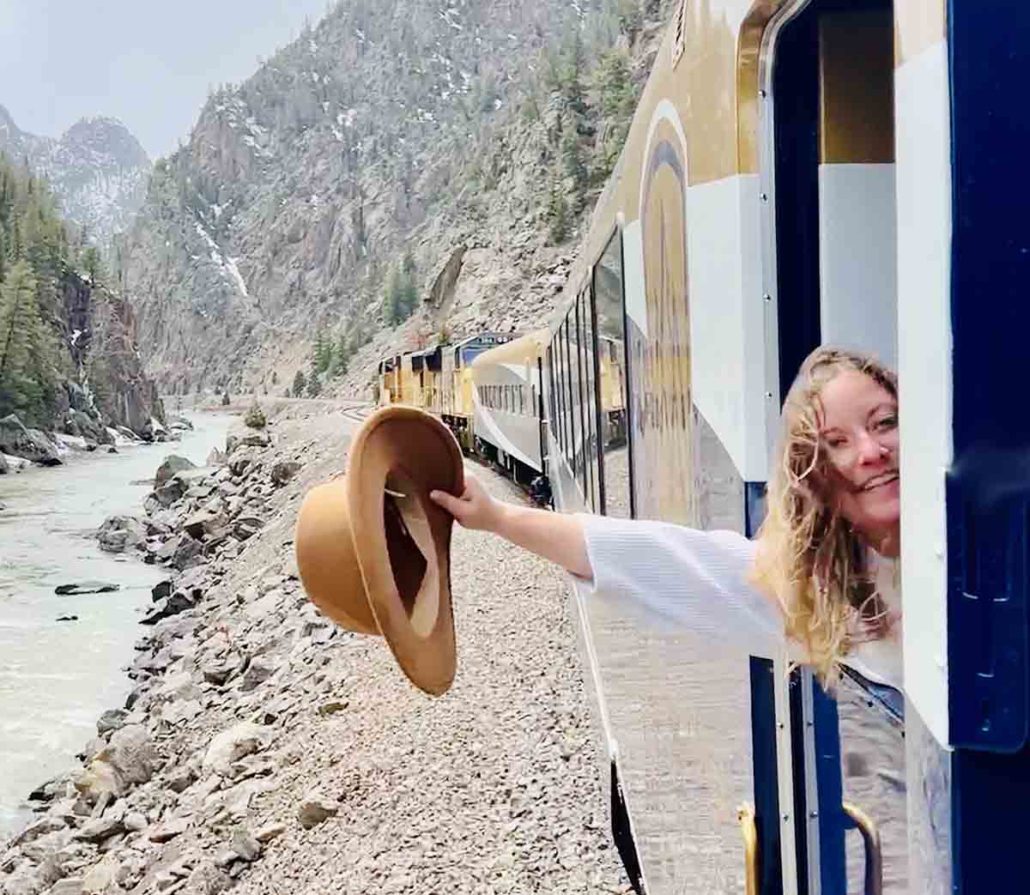
Where You’ll Go: The Rocky Mountaineer US Route Logistics
A unique element of the journey is that you don’t sleep on the train but rather are set up at one of their upscale hotel partners en route, of which there are a few in each city. This is so you have time to disembark, immerse yourself in the destination, do an activity and eat somewhere local vs. just passing through it. Their midpoint stopover is as intentionally chosen as the start and end destinations, places that’ll give their guests beautiful views with a variety of things to do right near the station.
When I took an overnight Amtrak train from Denver to Chicago, I appreciated the experience of having a sleeper cabin, but it was cramped and felt like a converted dorm bunk. It was not somewhere I’d want to sleep for multiple nights in a row (sorry, not sorry, we’re past hostel life here). All the hotels the Rocky Mountaineer works with are unique boutique properties centrally located to the station and downtown so you have ample time to explore while getting a good night’s sleep.
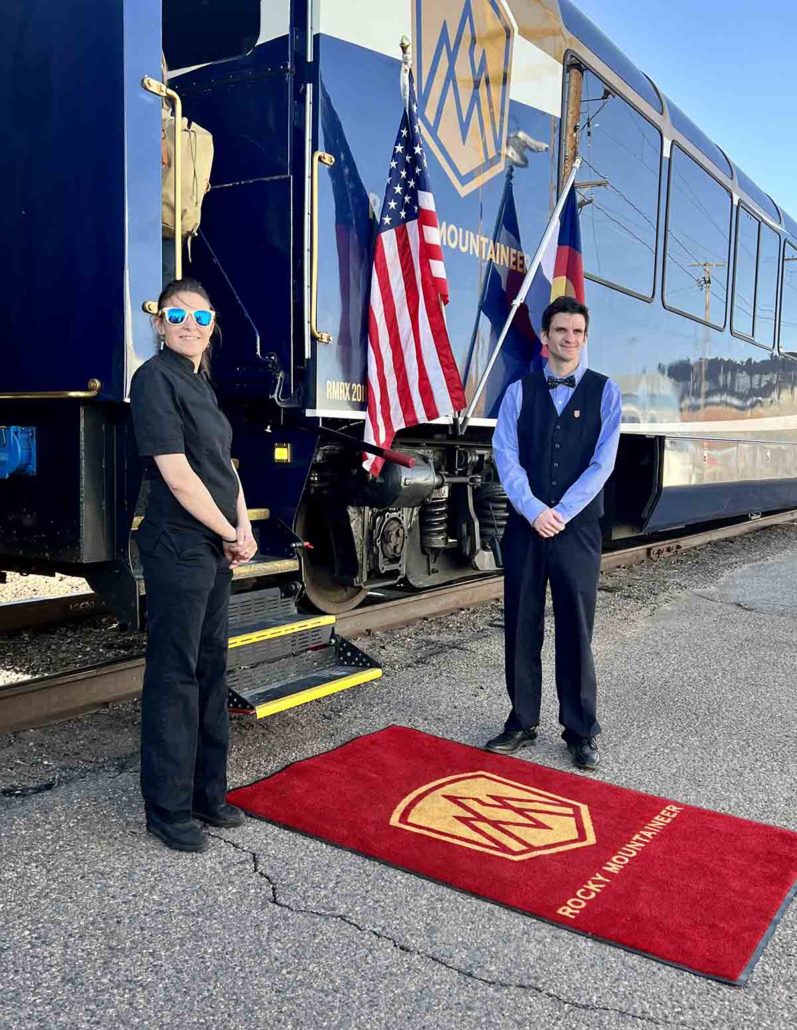
What It’s Like: The Rocky Mountaineer Onboard Experience
Everything from start to finish is fast, easy, breezy. There are fantastic hosts for each cabin to tend to your every need and tell you about each passing city, along with tales from the rails. They’re not just servers but storytellers.
Board the glass-domed trains via a red carpet each day to picture-perfect panoramas. The seats are oversized and comfortable, assigned in twos that flip forward or back so you can face either direction and recline without ending up in your neighbor’s lap. In between each car is an open-air lookout to get those coveted Instagram photos dangling out the window without putting life or limb at risk.
Your luggage is magically waiting for you in each hotel room, and there’s no lost time waiting at hotel check-ins, with keys passed out before disembarking at each stop. Pack a small bag to bring on board with your headphones, a good book, and whatever else you need to pass the time because you won’t have access to your suitcase until the evening.
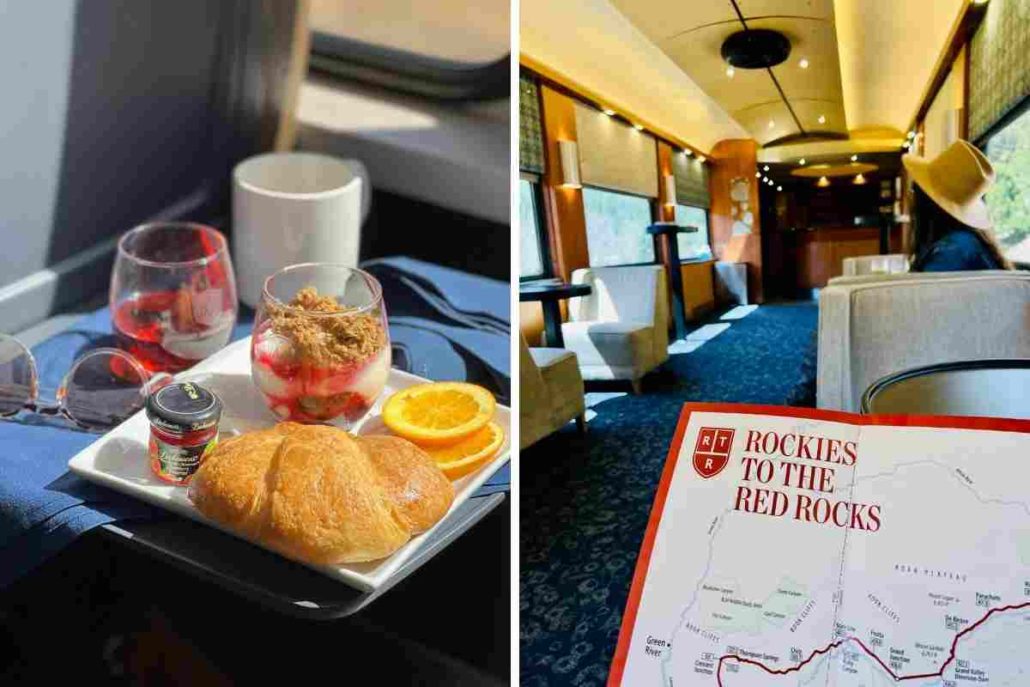
Most meals are included (2-3 per day depending on the schedule), and the food is reason alone to go. For each meal, you have the choice between 2-3 entrees from local purveyors whenever possible and each a progressive 2-3 courses. Think extravagant short ribs and salmon for lunch and frittatas, parfaits and pastries for breakfast. There were freak cinnamon roll donut hybrids, layered casserole creations, and the star of the show, flaky, savory Southwest flautas. You’re left stuffed, happy, and rolling out of there.
The club car is the place to hang out with board games and an open bar tab with signature cocktails, premium alcohol, local beers, and snacks. Each car is uniquely themed from mid-century modern to contemporary with little surprise and delight items like a self-playing piano.
Dining and lounging are the main differences between the US and Canadian routes. The Canadian trains are outfitted with double-decker cars with dining on another level. The US trains wouldn’t be able to fit through the tunnels if they were any taller, so they added lounge cars as the place to chill and take in the views with meals served at your seat. The US offers SilverLeaf Plus Service vs. Goldleaf up north, different classes of service, and a different experience, but again, personal preference.
In general, you can tell the Rocky Mountaineer is just a good company that cares about its guests and product. They take pride in their sustainability initiatives and make an effort to reduce their carbon footprint through composting and recycling and reduce emissions by facilitating fewer cars on the road.
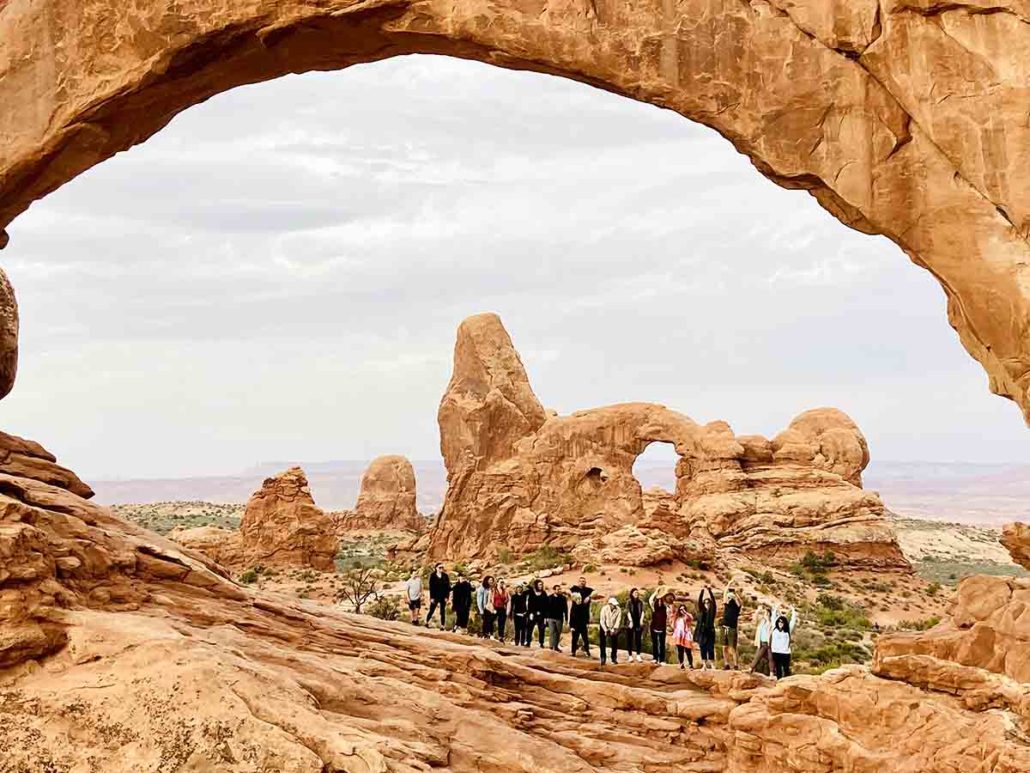
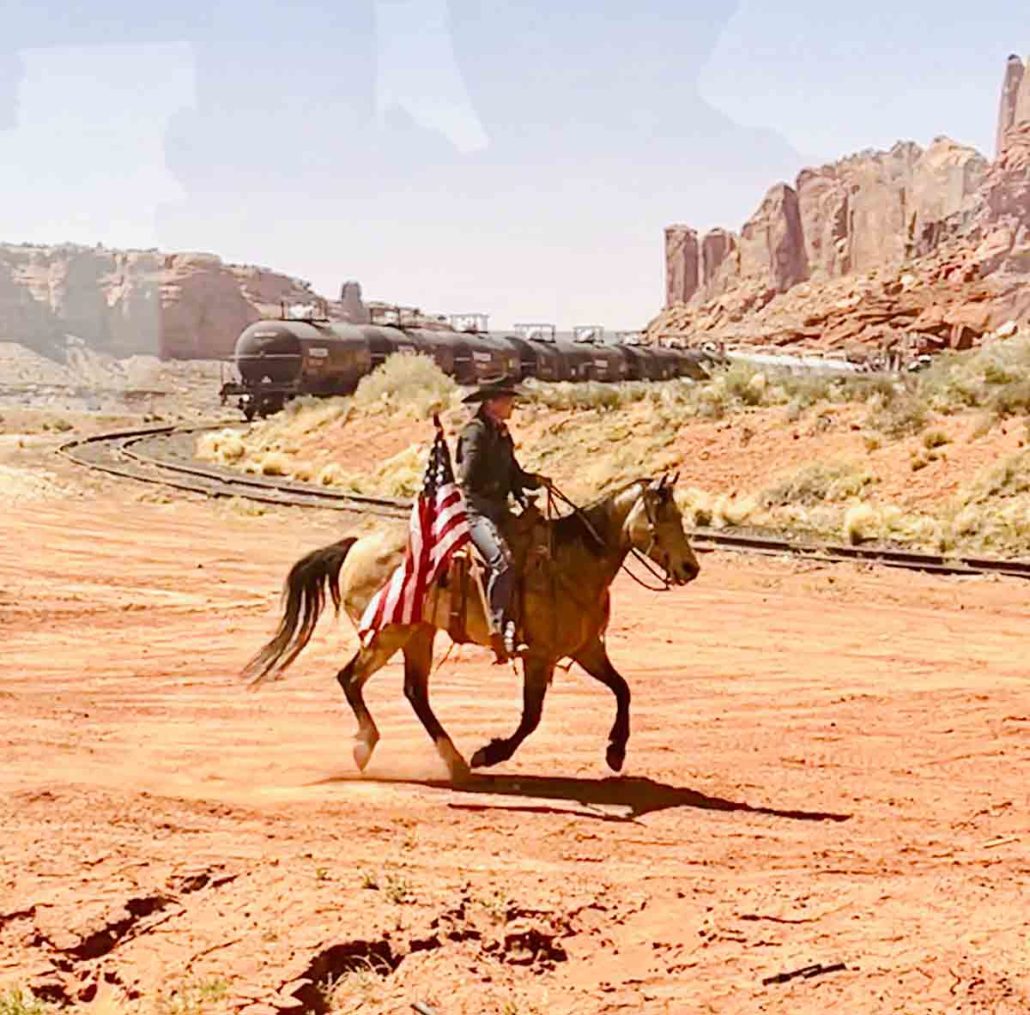
What You’ll See: The Rockies to the Red Rocks Route
The train departs the urban jungle of the Mile High City, and soon you’re in the foothills of Boulder and Rocky Mountain National Park. It skirts around the Front Range, passing skiers at Winter Park before entering the red Mars-like desertscape of Utah. The middle of the route includes the tunnel district, which is home to the highest concentration of tunnels in the world. You’ll go through about 28 tunnels and mountain passes in just about 30 miles as you make your way across the border, each inviting you to a new environment as you head West.
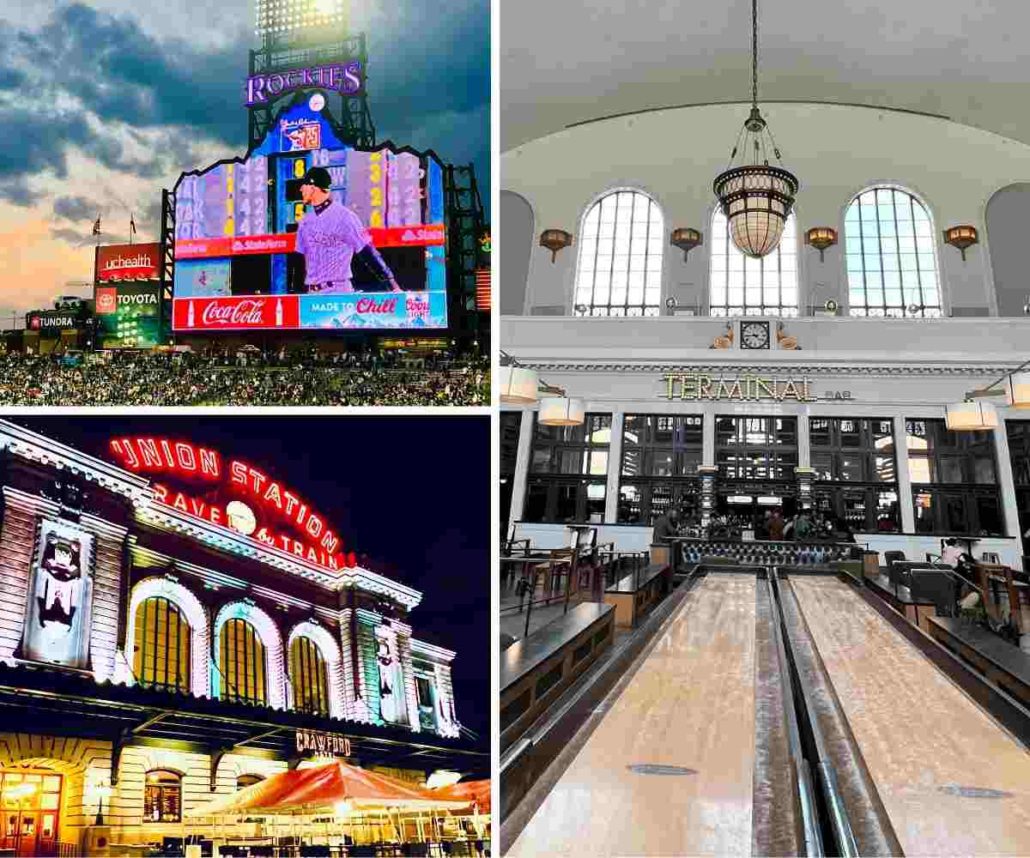
Denver
There’s no shortage of things to do or eat in Denver, and you’d be amiss not to try some brews in the beer capital of the world, photograph the murals, make a food hall food crawl, and catch some live music or a game. Union Station, the Dairy Block, and RiNo are the hip areas to be with Meow Wolf and the Beer Spa, some of the coolest new attractions. Or rent a car and explore some of the awesome day trips within 2-3 hours of the city. Denver’s great for a day or two, but people flock to Colorado for the mountain playground if you have more time.
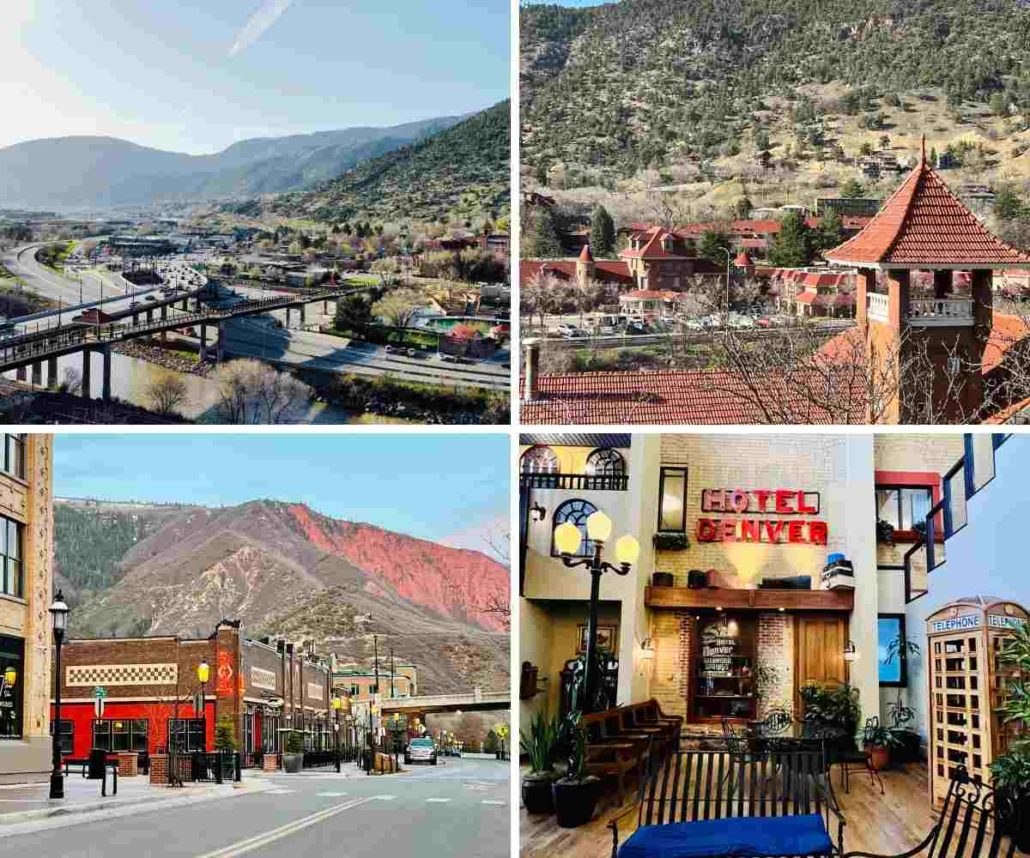
Glenwood Springs
Glenwood Springs is like a Norman Rockwell painting come to life, one of the lesser-known mountain towns, generally a stop en route to Aspen. Known for its plentiful hot springs resorts, it’s an excellent place for R&R. Iron Mountain is the newest and swankiest, but my favorite spot to unwind is the Yampah Vapor Caves, a natural place underground sauna and steam room. You can get an adrenaline rush on the alpine coaster or go on a cave tour at Glenwood Springs Adventure Park, or try to get a permit to see Hanging Lake, one of the bucket list hikes in Colorado, unfortunately, which was severely damaged in last year’s fire.
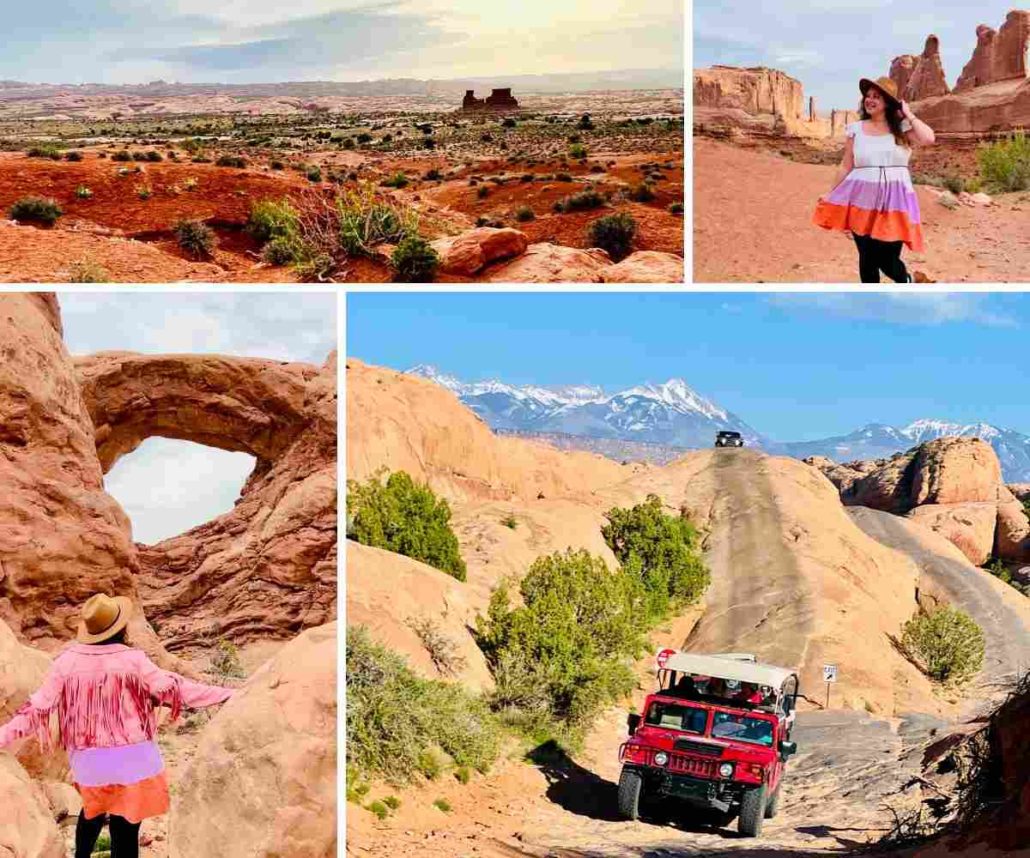
Moab
Moab is another choose your own adventure destination where you can be as active or as relaxed as you choose. Home to two national parks, Arches and Canyonlands, you can explore by hiking, biking, rafting, rock climbing, ATVing, hot air ballooning, or horseback riding across the brilliant red rocks. Moab Adventure Center will get you hooked up with whatever activity you’re interested in and offers guided tours of the parks if you’re looking to maximize your time.
They also offer an incredible trip to Banff that is more than bucket-list worthy. Next time!

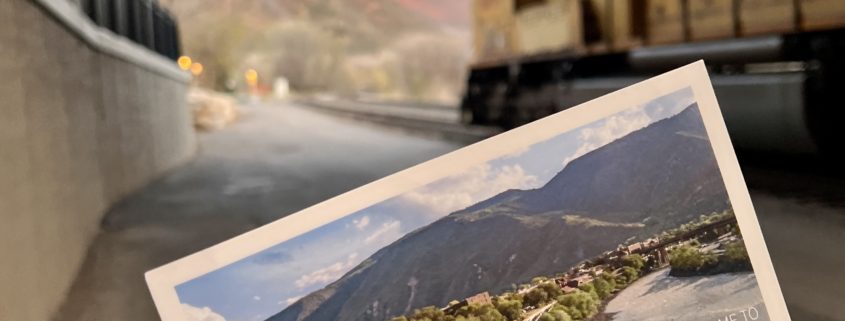
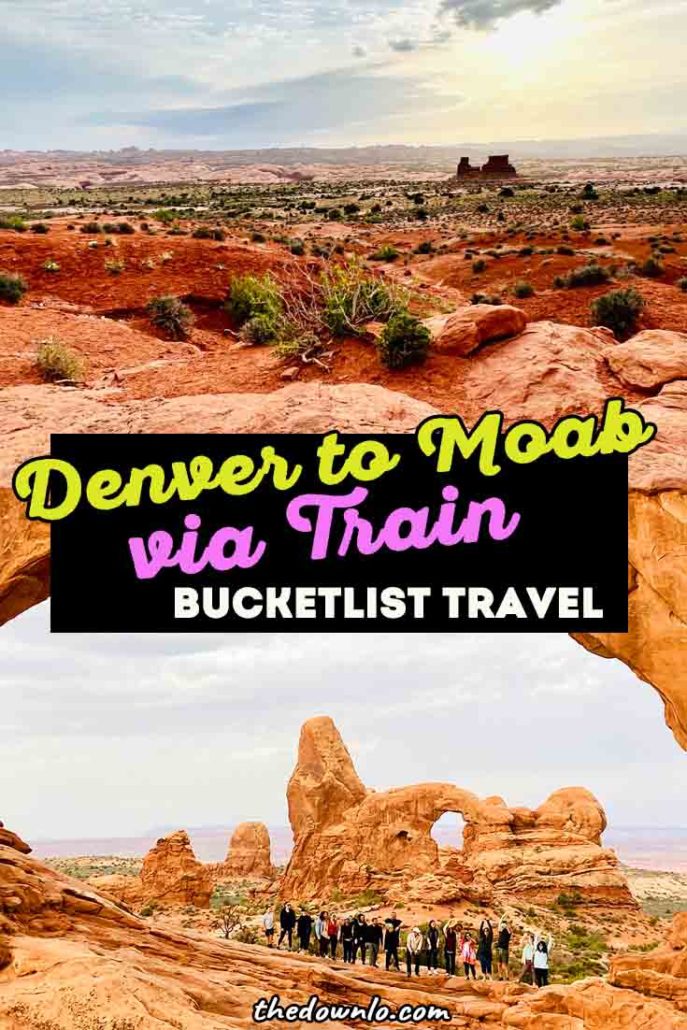
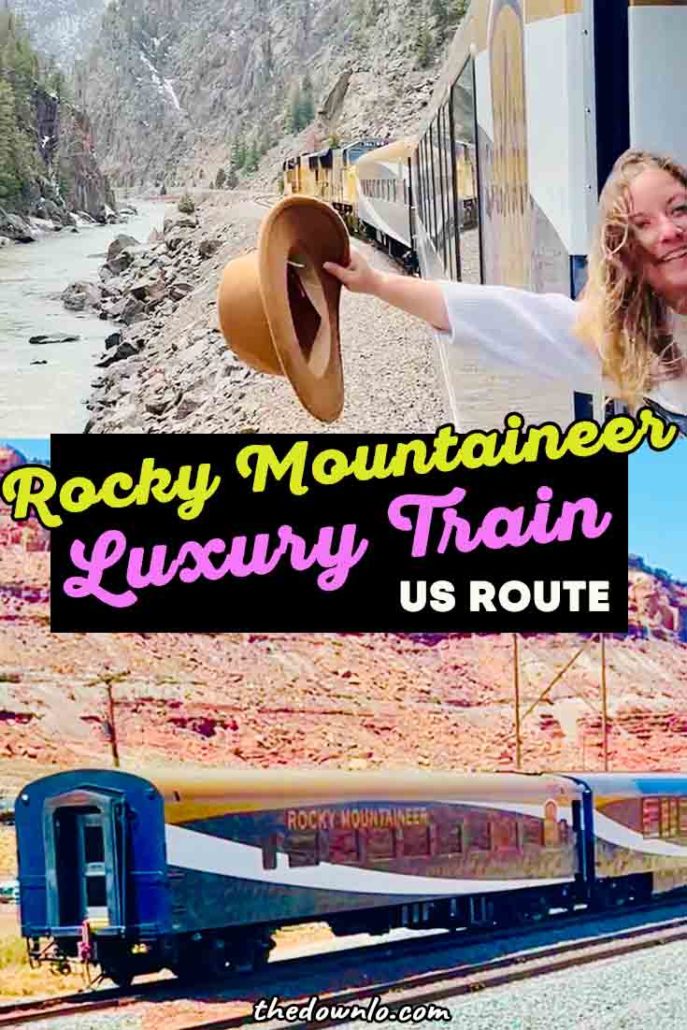
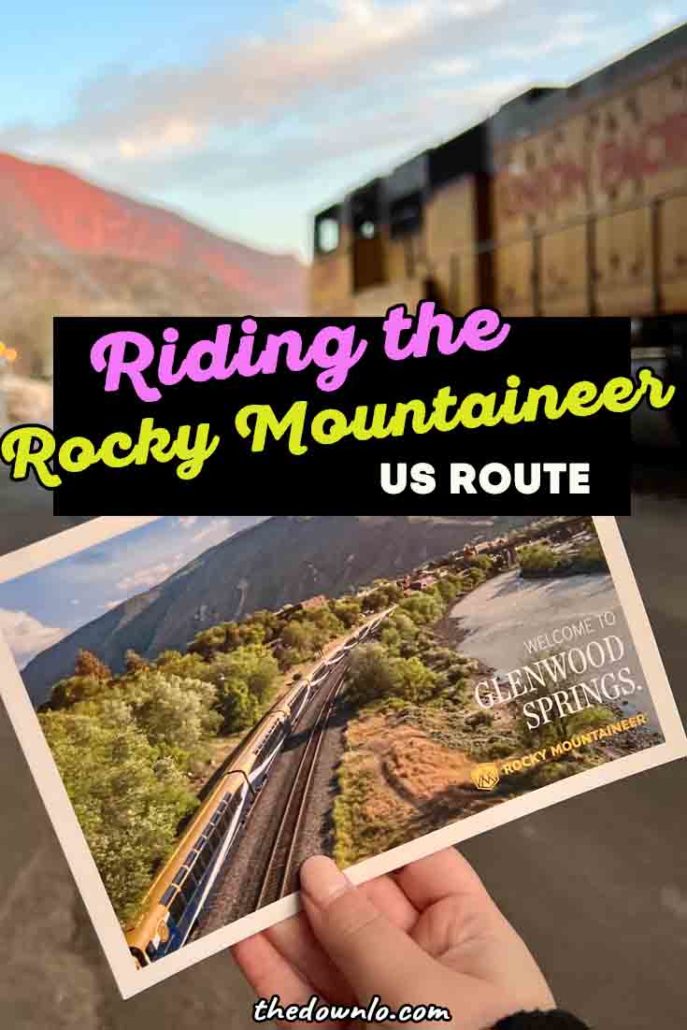
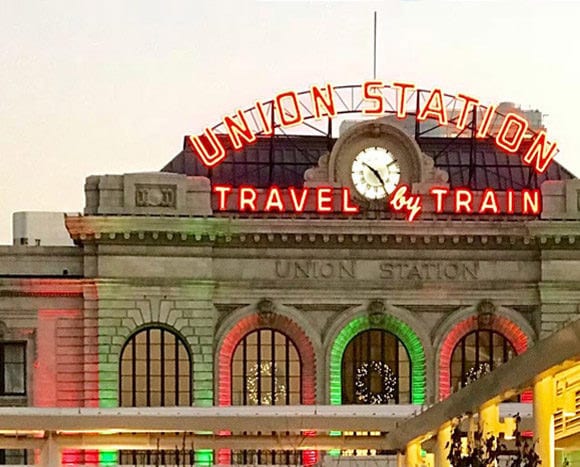



Leave a Reply
Want to join the discussion?Feel free to contribute!